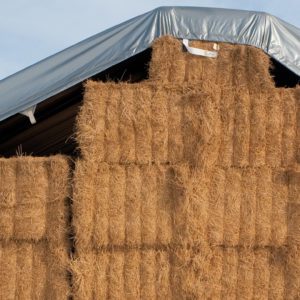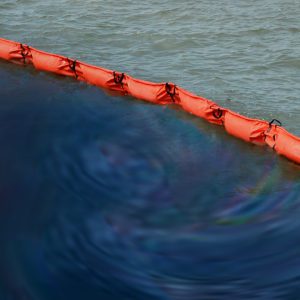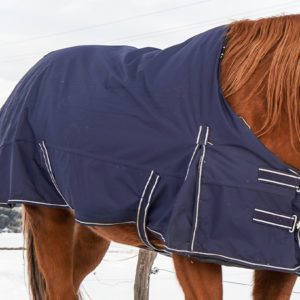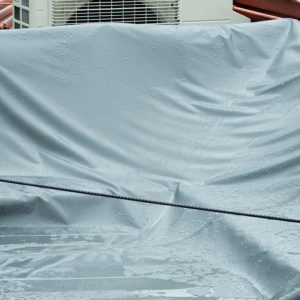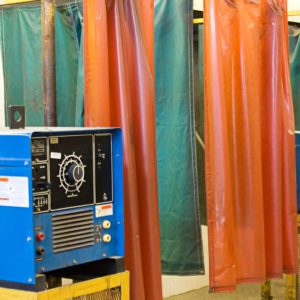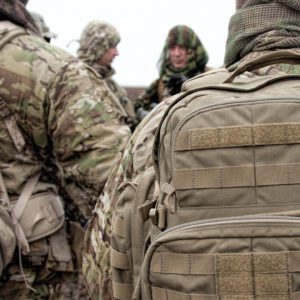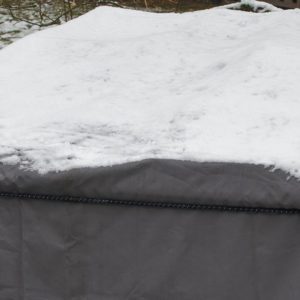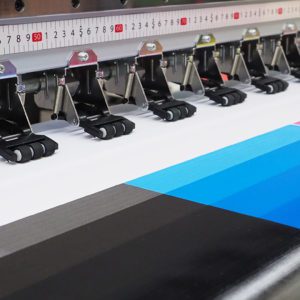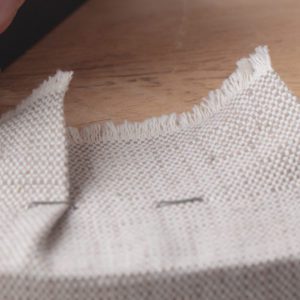Overview
Direct disperse printing is one of the most popular digital textile printing methods on the market. Beloved in particular by the soft-signage industry, this process only requires two steps by completely bypassing a heat transfer. Let’s find out how this direct to fabric printing method works and what end-uses are ideal for this digital textile technology.
The Direct Disperse Printing Process
Direct disperse printing is a heat printing method that allows you to print directly on the fabric, skipping the step of printing on paper. This digital printing method uses disperse ink, which is water-based and is actually the same type used in dye-sublimation printing.
The direct disperse printing process is made possible by using a pretreated or coated fabric. The disperse coating allows the disperse ink to permanently adhere to the fabric. That said, the color-to washfastness results aren’t great, which is why disperse printing is usually used for signage and/or single-use projects. Signage usually requires fire repel coatings (FR) and other treatments, however these can be added during the same step as the disperse coating, saving time and money.
Note: Disperse ink is only compatible with synthetic fibers.
Best End-Use Applications for Direct Disperse Printing
Direct disperse printing is the optimal method for soft-signage projects because it allows for more ink to be absorbed onto the fabric. This results in better print-through to the other side of the fabric making it ideal for SEG frame systems, lightboxes, and flags. Some of the best end-uses for direct disperse printing include:
- Silicone Edge Graphics (SEG) frame systems
- Lightboxes or backlit displays
- Banners
- Point of purchase displays (POP)
- Retail displays
- Event backdrops
- Flags
- Divider walls
When Not to Use Direct Disperse Printing
While excellent for a variety of soft-signage projects, direct disperse printing isn’t always the right process. Depending on your end-use application and its specific needs, you’ll want to try different printing technologies that have better color-to-washfastness results.
When it comes to apparel applications, stay away from direct disperse printing for two main reasons:
- The color-to-lightfastness results aren’t bulletproof.
- The disperse coating on the fabric may be restrictive and not have the softest hand-feel.
A soft and flexible hand-feel is critical for apparel printing and dye-sublimation will be a better option. Similarly, in the home décor space (aside from wallpaper), hand-feel is paramount. Choose other print methods that have better results in this area.
